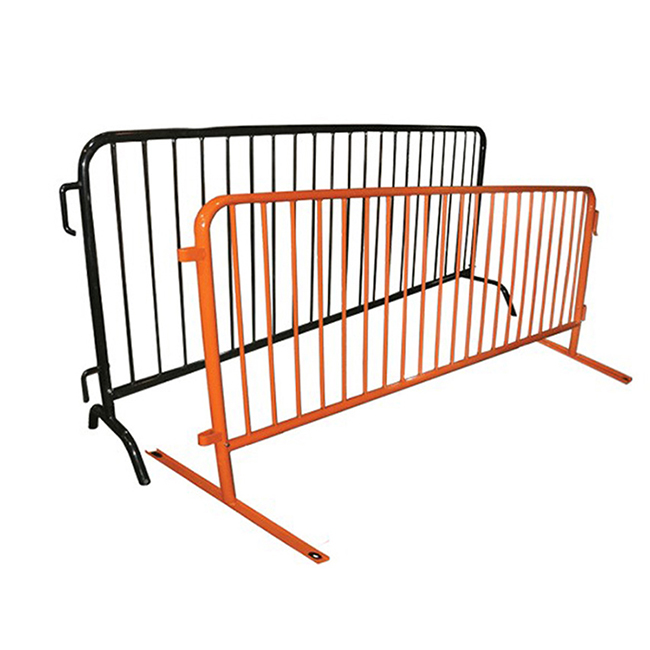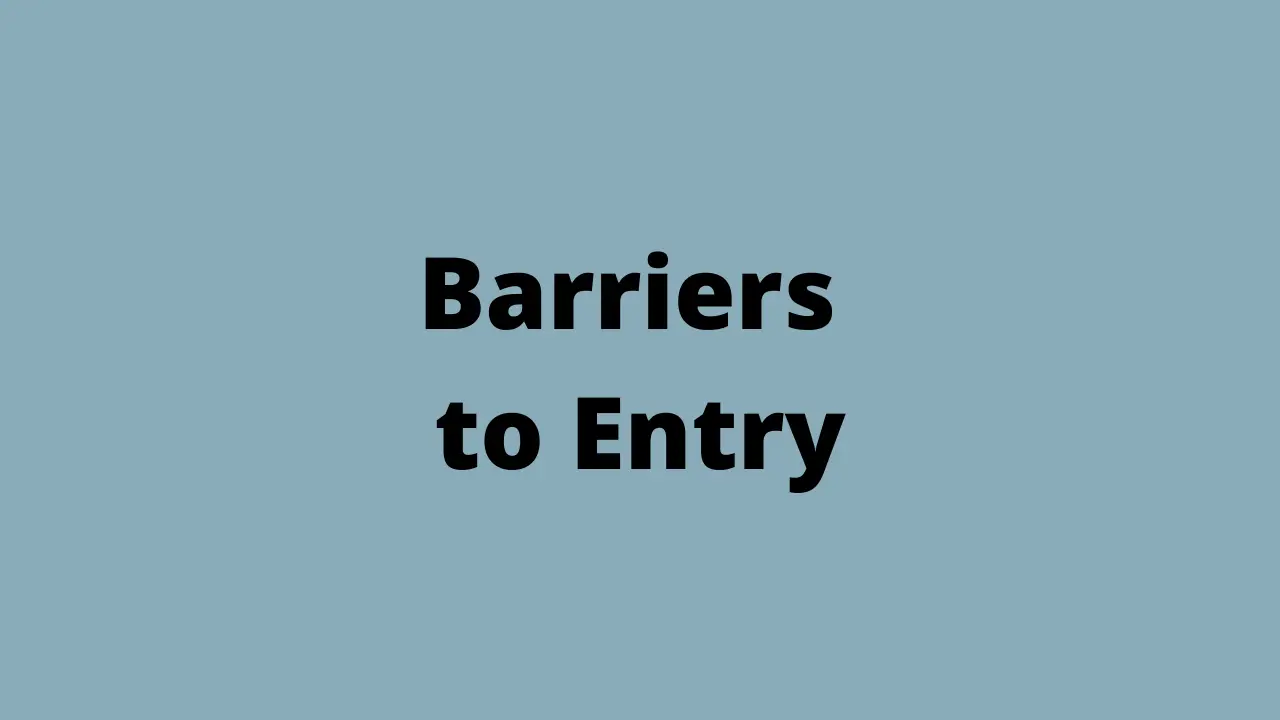

In the sea of available technology, employers need to be able to find and implement solutions that best fit their organizational needs and goals. Wrong communication technologyĬommunication technology can make or break any organization’s communication strategy. Hence, it is important to find a common ground for effective communication and adapt to the work culture of the organization to communicate effectively. If communicators are not aware of these differences, communication barriers will arise. The way people interact with each other can vary depending on the demographic and cultural differences. Yet, many employers still have a long way to go to become more trustworthy. This is the reason why one of the main goals for organizations across the world has become to build trust in the workplace. In other words, when employees don’t trust their employers, leaders, or managers, communication suffers. When there is no trust, there is no effective communication. Moreover, information overload has proved to have a very negative impact on employees’ well-being, productivity, and success at work. Yet, information overload has always been one of the biggest communication barriers. Too little information is not good, but too much information can cause even more damage. If a company is highly hierarchical, information can easily get siloed, lost or distorted as it travels through each layer of the hierarchy.

Such organizations may have inefficient information sharing and communication systems, often resulting in frustrations, lack of engagement, and productivity among employees.

Organizational structureĬomplex and rigid organizational structure can be the main culprit for inefficient communication, making it one of the most common communication barriers. 💡 Watch on-demand: Comms Helpline 2: Engaging a Remote Workforce featuring Jenni Field, Janet Hitchen, and Shel Holtz. They are struggling to catch their employees’ attention and drive the culture of open, engaged, and transparent communications. Unfortunately, organizations across the world are fighting the problem of disengaged workplaces. When there is no engagement from both parties, this ruins the purpose of effective communication. DisengagementĮffective communication is about engagement between the parties involved in communication.
#Barrier definition how to#
Such barriers can go a long way in causing damage to an organization that doesn’t know how to leverage technology to eliminate communication challenges. These physical barriers are even more evident within organizations with blue-collar employees without designated working space. Even though communication skills are extremely important, only 18% of employees are evaluated on their communication skills in performance reviews.Īs mentioned earlier, many companies now depend on digital means of communication due to social distancing and remote ways of working. Oftentimes, these differences in communication skills can create communication barriers between the communicator and the receiver of the message.įor example, while some people may be highly detailed and specific when communicating, others may tend to generalize. People have different communication skills and styles. Multigenerational workplaces, the rise of remote work, dispersed workforce, the introduction of new communication technology and different employee expectations are just a few examples of communication barriers that have emerged in the past few years. When talking about communication barriers in the workplace, challenges to effective communication are more obvious than ever before. Video can’t be loaded because JavaScript is disabled: How to Overcome Communication Barriers in the Workplace () Top 13 Communication Barriers Organizations Face Today


 0 kommentar(er)
0 kommentar(er)
